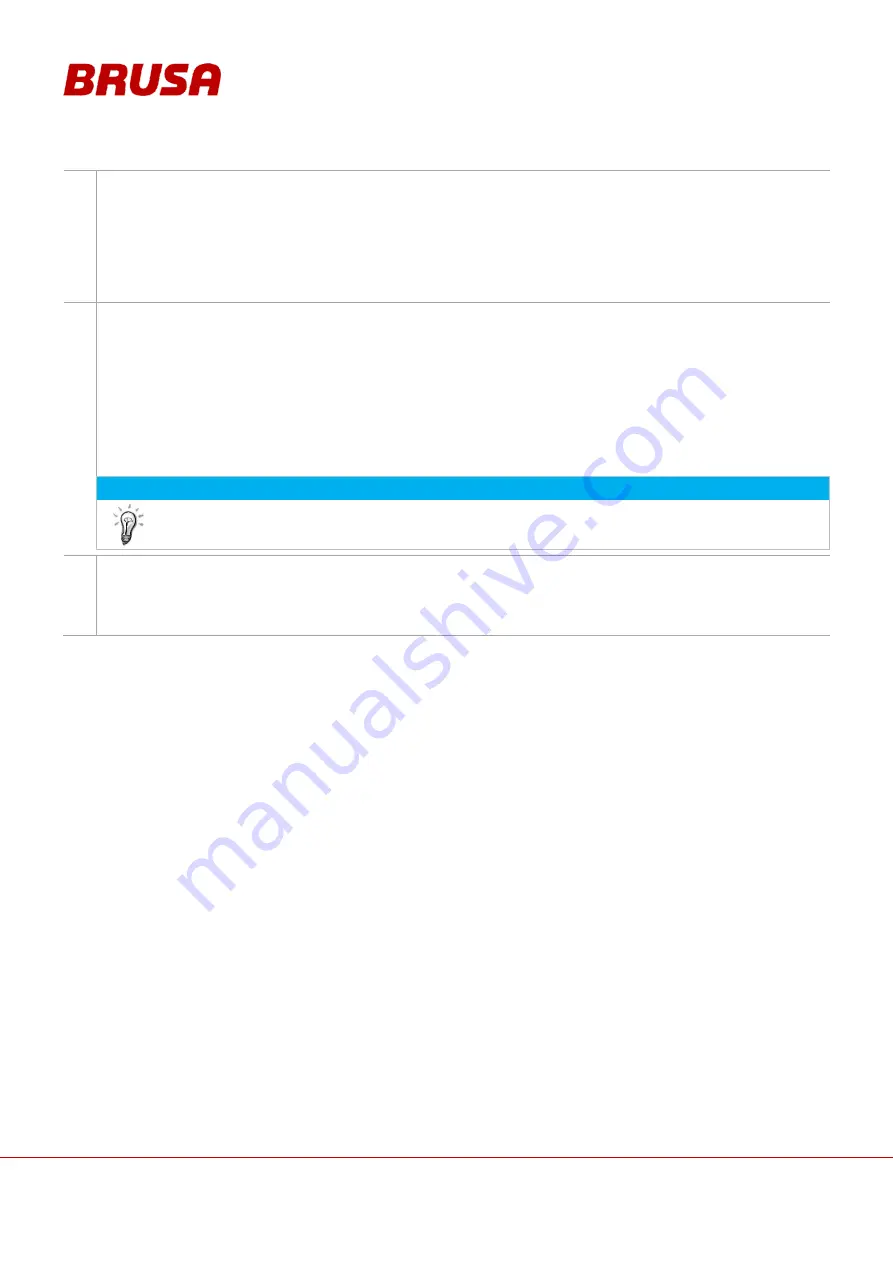
Technical data
and startup
34
4.
Speed mode:
In this mode, the main controller is the speed regulator. The entry of the speed takes place over CAN. The
negative or positive torque can be reduced at the same time. The inverter continuously attempts to follow the
given speed (in respect of the limited torque value).
It is always possible that the desired operating point cannot be reached through a limitation elsewhere (e.g.
motor temperature, HV battery voltage etc.). Under some circumstances this can also lead to a complete
deactivation (
Error Mode
).
5.
Torque mode:
In this mode, the main controller is the torque regulator.
Setting of the torque value takes place over CAN.
The inverter can be limited in its power with the following limitations:
Too high motor temperature
Too high inverter temperature
Too high / too low DC voltage
DC and AC Current
Power
INFORMATION
If no limitation is active, the motor will attempt to reach the entered value immediately! If there is no
load on the drive side, the motor accelerates until it reached the maximum speed!
6.
Error mode:
If an error occurs, the inverter switches to this mode. Errors which have occurred can be confirmed with the
command
DMC_ClrError
over CAN, see
DMC5_ISU_CAN_Spec.HTML
If the error remains, the cause must be found and dealt with, see
DMC5_ErrorsAndWarnings.pdf
6.11
Regulatory approach and limitations
Detailed information on the regulatory approach and possible limitations can be found in the manual
DMC5_ControlConcept.pdf
6.12
Error and warning messages
Error and warning messages are generally produced over CAN and have different effects on the function of the
inverter.
For a targeted diagnosis, an event log can be read out through the provided software
PARAM-Tool
.
You can find detailed information in the manual
PARAM_Manual.pdf
















































